Industry analysis 25 trends of global AI development in 2019
In 2019, where are the opportunities for the artificial intelligence industry on the cusp of the storm?
Recently, CB insights, a venture capital research institution, released 25 trends of global AI development in 2019.
These 25 AI trends include:
Infrastructure open source framework, edge computing, comprehensive training data, architecture capsule network, Gans, alliance learning, reinforcement learning.
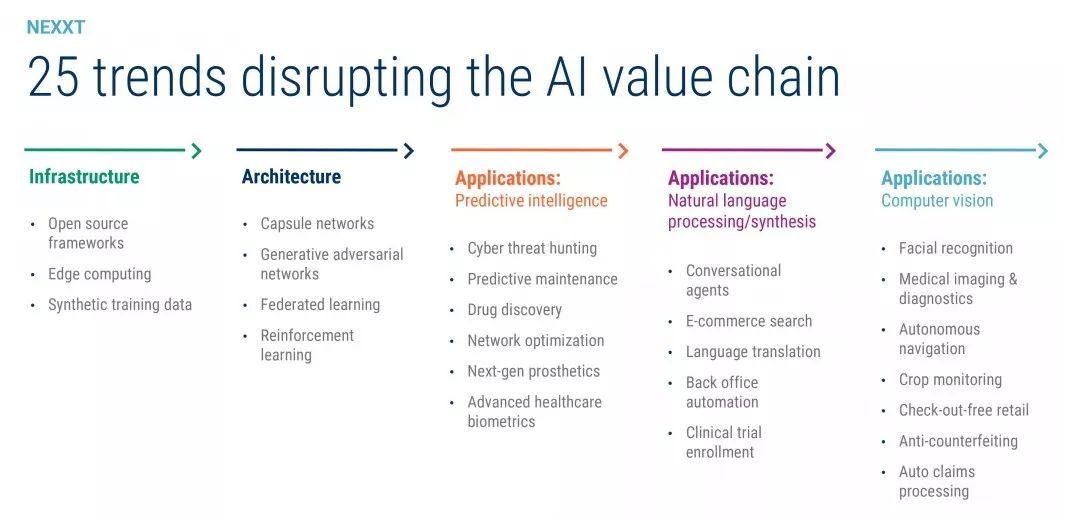
Applications: intelligent prediction network threat search, predictive maintenance, drug discovery, network optimization, next generation artificial limb, advanced medical biometric recognition.
Applications: natural language processing / synthetic dialogue robot, e-commerce search, language translation, background automation, clinical trial registration.
Applications: computer vision face recognition, medical image and diagnosis, autonomous navigation, crop monitoring, unmanned retail supermarket, anti fake and shoddy, automatic claim processing.
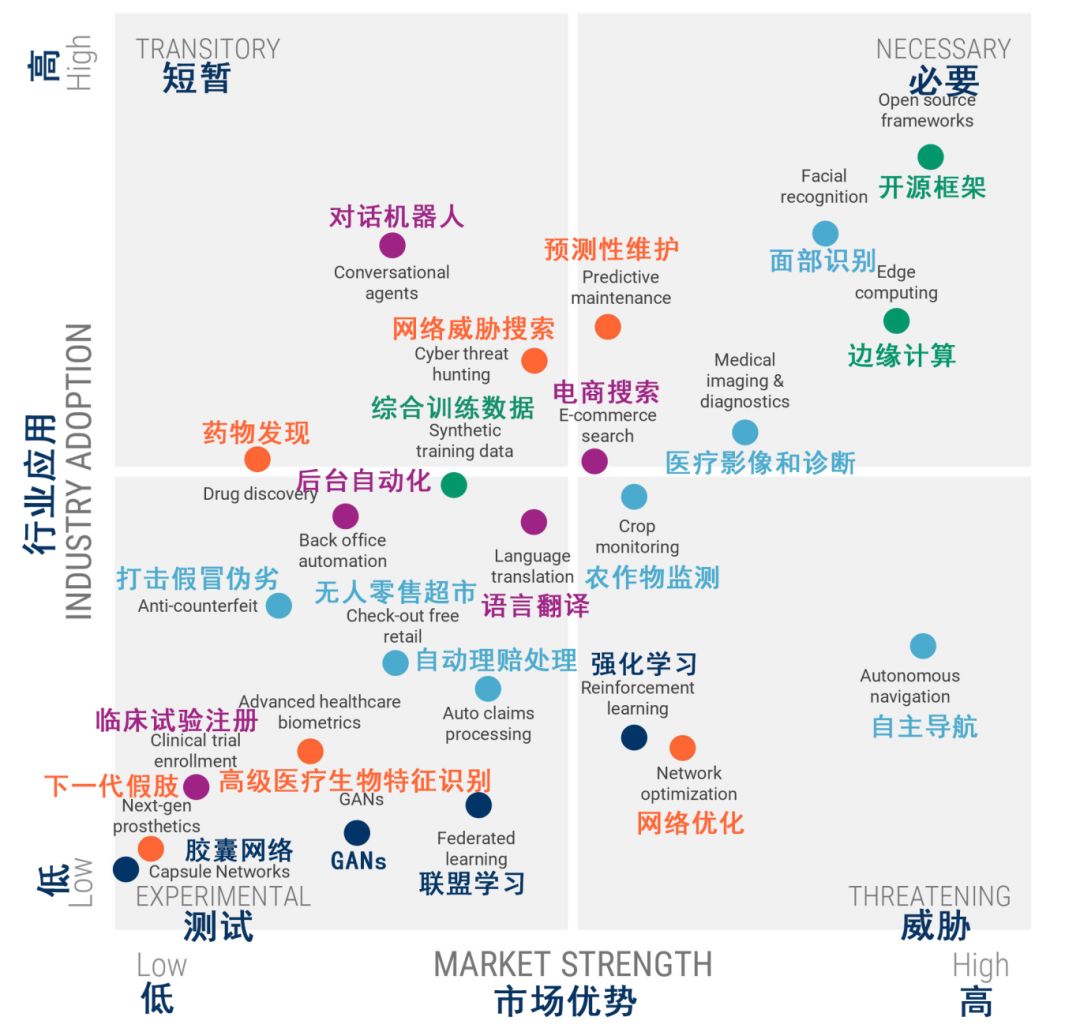
For these 25 important AI trends, CB insights uses nextt framework to evaluate each trend based on industry adoption rate and market advantage,
It is classified as temporary, necessary, experimental and threatening. For the future strategy and plan, I hope this article can give you some inspiration.
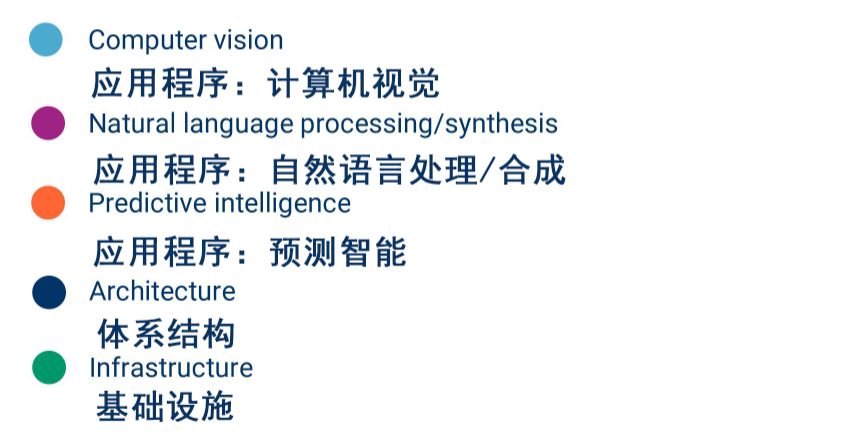
NExTT框架
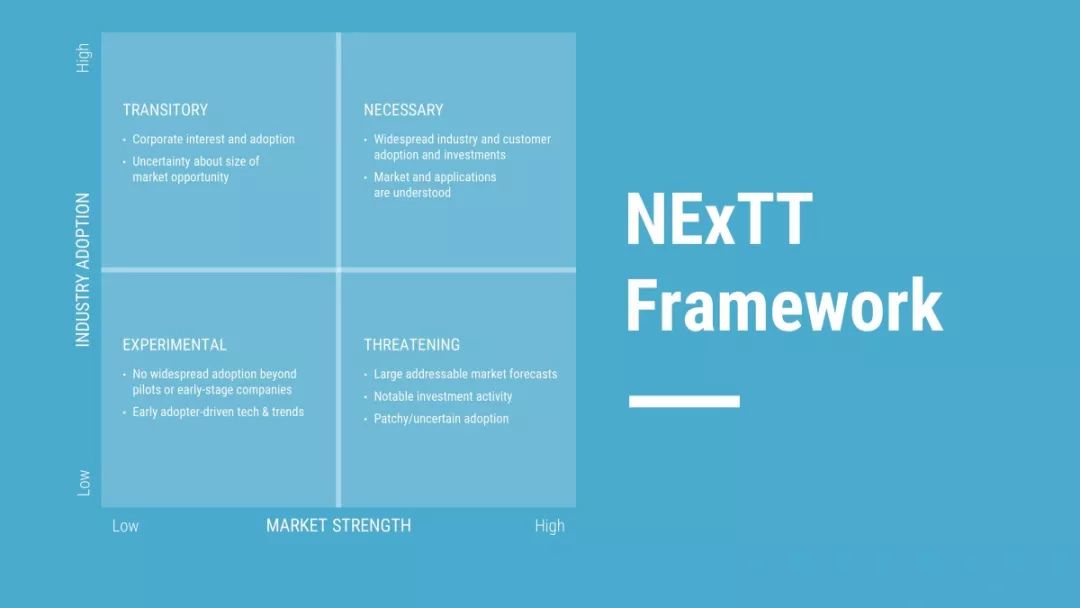
Short term: the willingness of enterprises to cooperate and the uncertainty of market opportunities.
Necessity: extensive industry, customer application and investment; market acceptance.
Testing: pilot or start-up products are not widely used; early adopters drive technology and trends.
Threat: large scale feasible market forecast, well-known investment activities, application of instability / uncertainty.
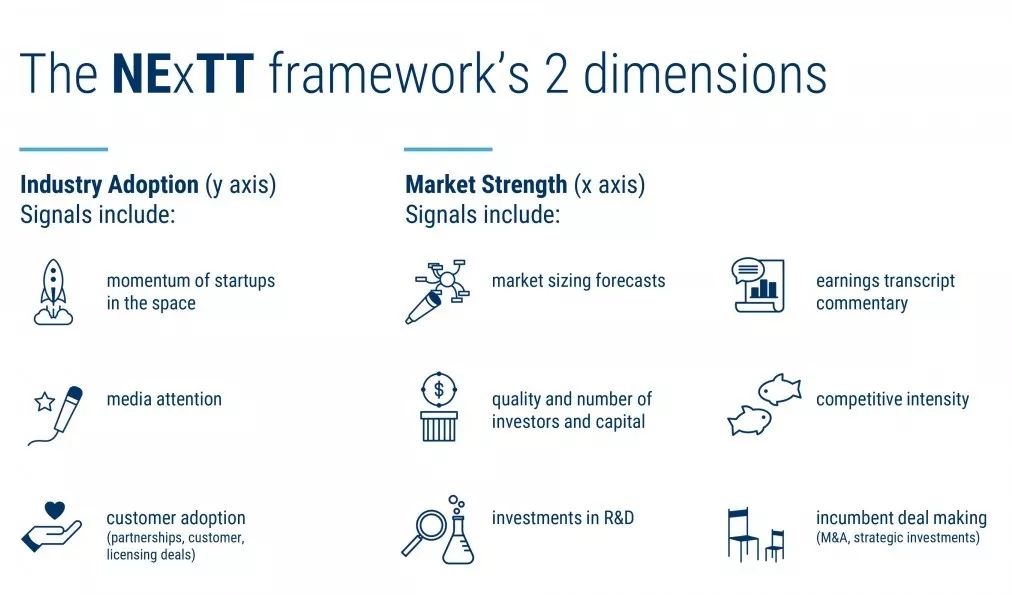
Two dimensions of nextt framework
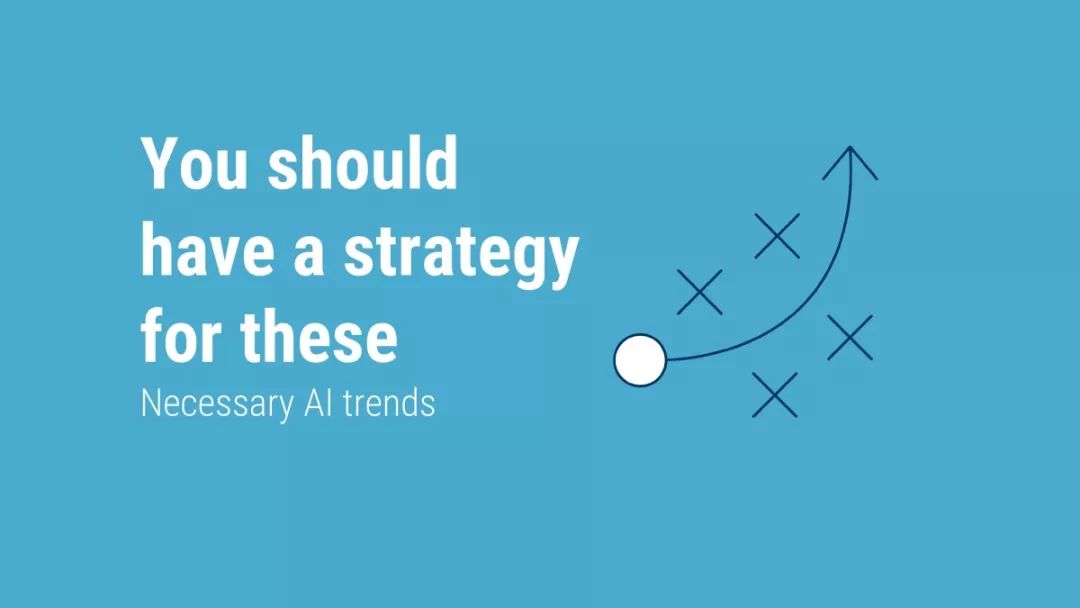
Industry application (Y axis): the situation of start-ups in this field, media attention, customer application (cooperation, customer, authorized transaction).
Market advantage (x-axis): market scale forecast, profit record review, quality and quantity of investment institutions and capital, competition intensity, investment in R & D, transaction of established enterprises (M & A, strategic investment).
You need a clear strategy and plan for these inevitable AI trends:
1. Face recognition
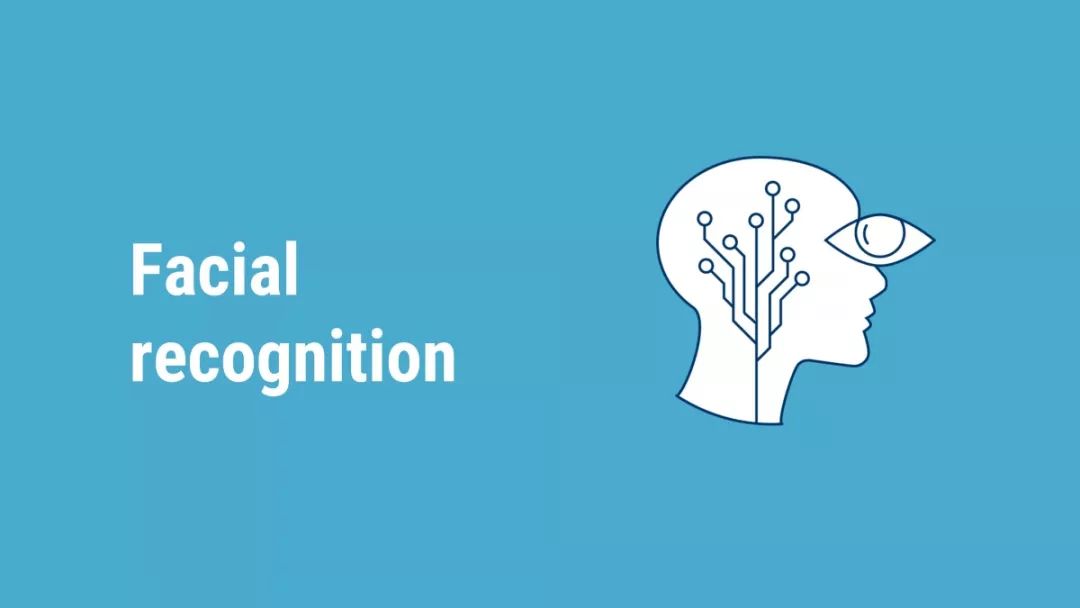
China continues to vigorously promote the application of artificial intelligence face recognition, which has attracted media attention.
There is an increasing demand for face recognition technology in China.
The data shows that the interest in face recognition technology in the United States is also increasing.
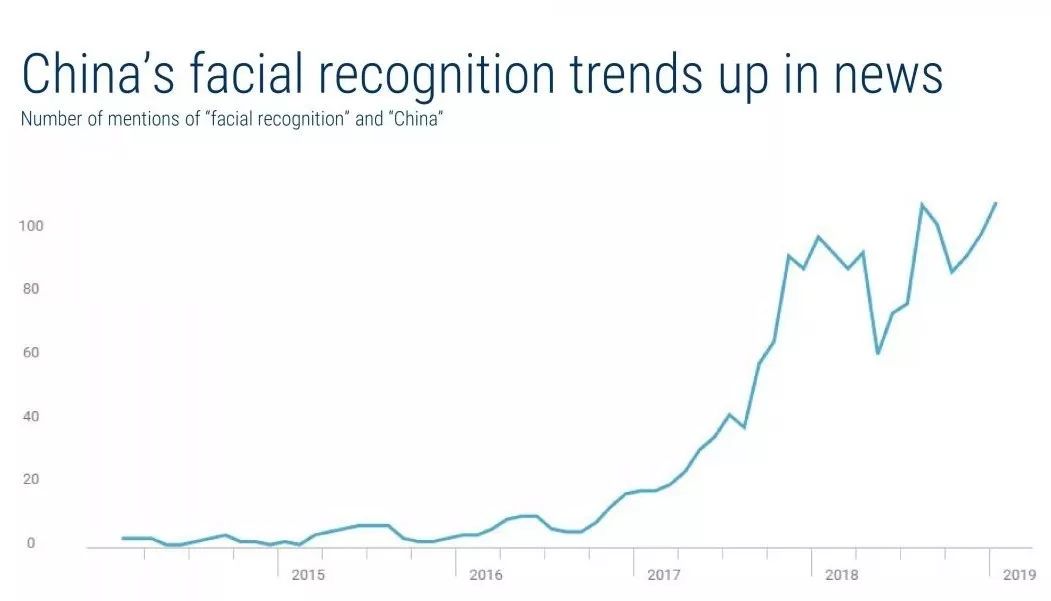
早期应用正在落地,尽管也会出现一些技术故障。
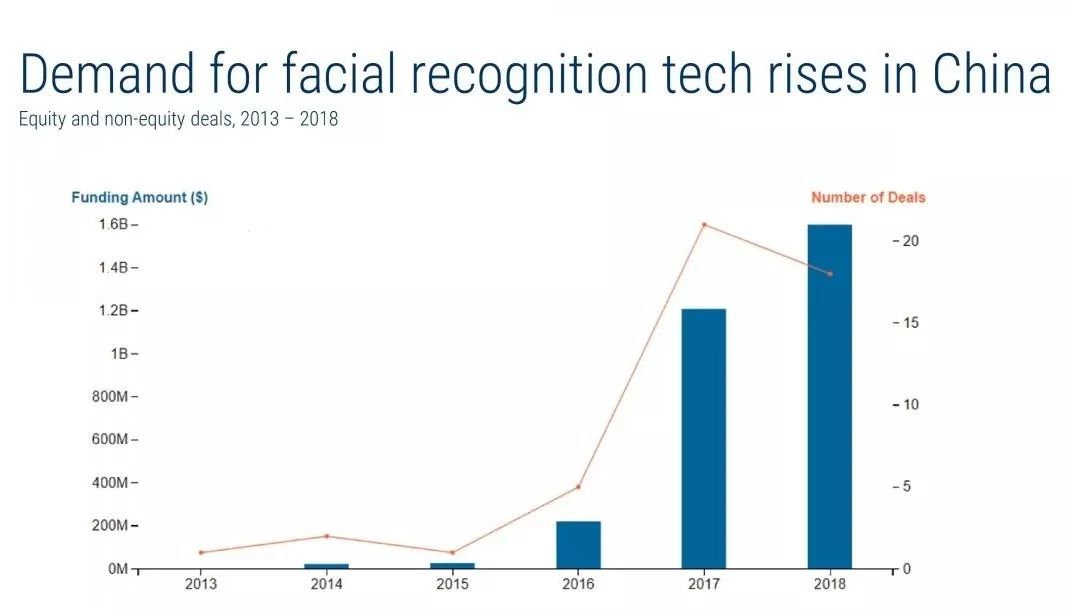
For example, Apple introduced a login mode based on face recognition technology in IOS 10.
According to reports, Amazon's technical report mistakenly identified government lawmakers as criminals.
Carnegie Mellon University is developing the technology to help strengthen video surveillance.
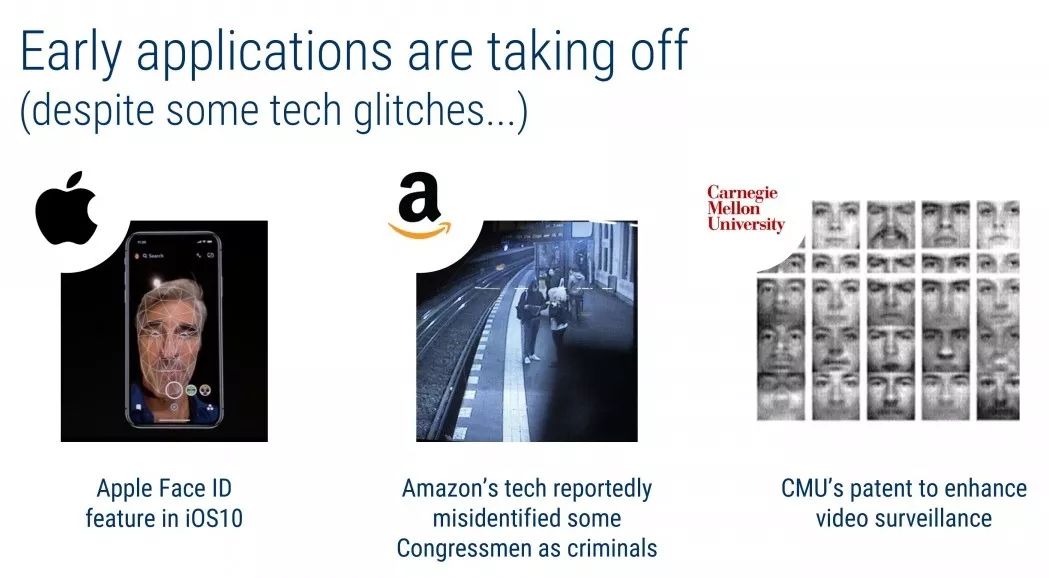
2. Medical imaging and diagnosis
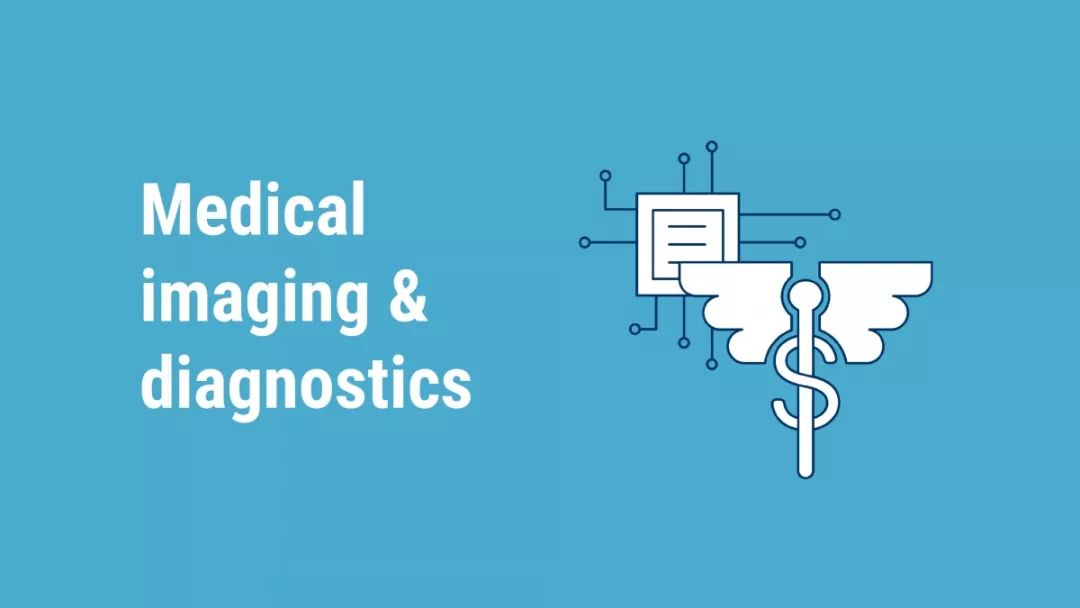
Health diagnosis is the main driving force of AI trading.
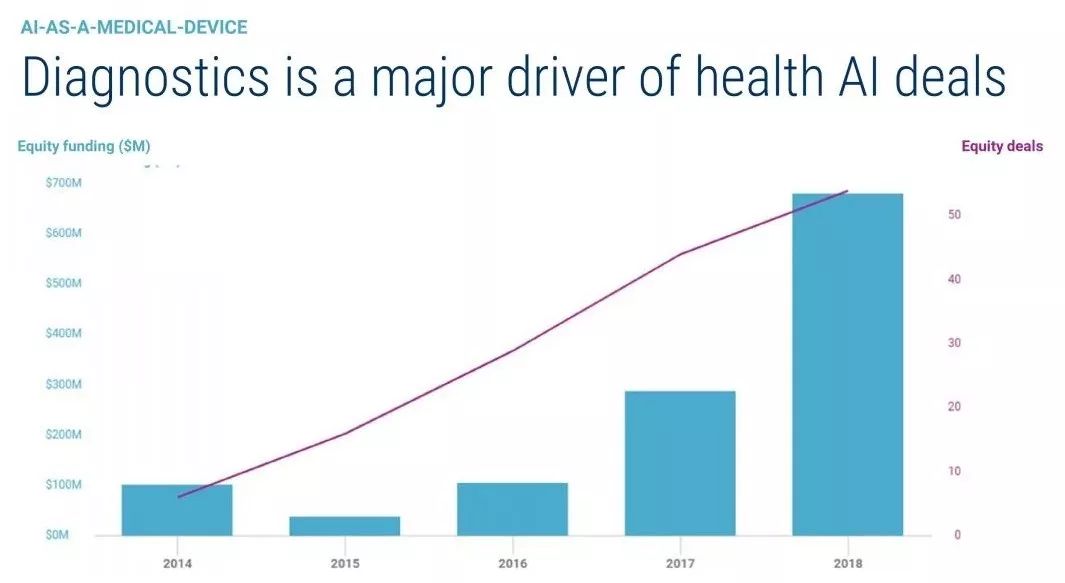
FDA Approves New business opportunities.
For example, IDX's algorithm can accurately identify patients with diabetic retinopathy without further confirmation by doctors.
Arterys's tumor AI kit can detect lung and liver lesions at an early stage.
Viz.ai's products can analyze CT scans to find the potential for stroke.
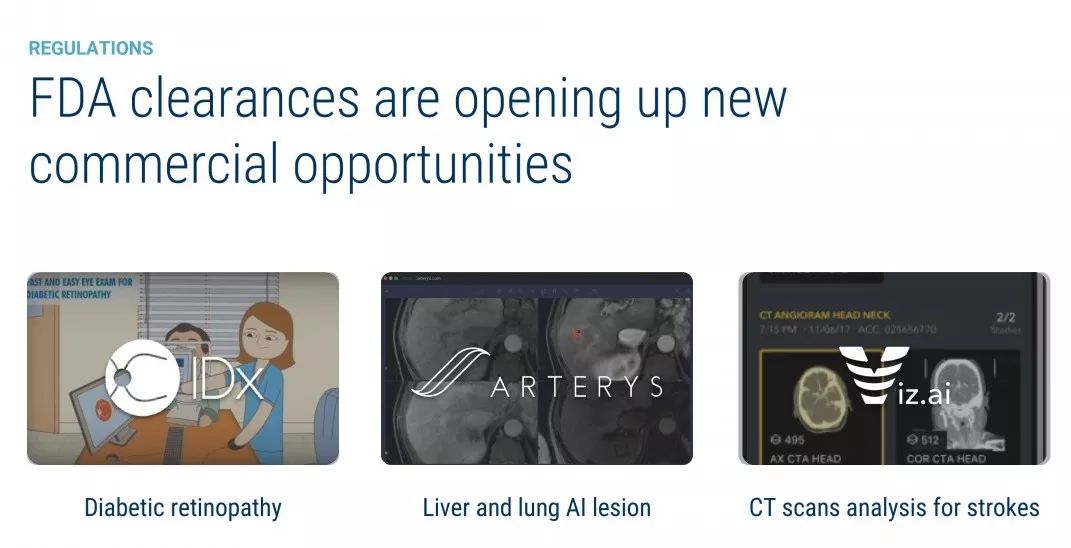
Google deepmind's algorithm can identify the possibility of tumors in breast biopsies.

3. Edge computing

From the perspective of home smart camera, device face recognition, unmanned vehicle, UAV and robot vision, the demand of real-time decision-making drives edge devices closer to AI.
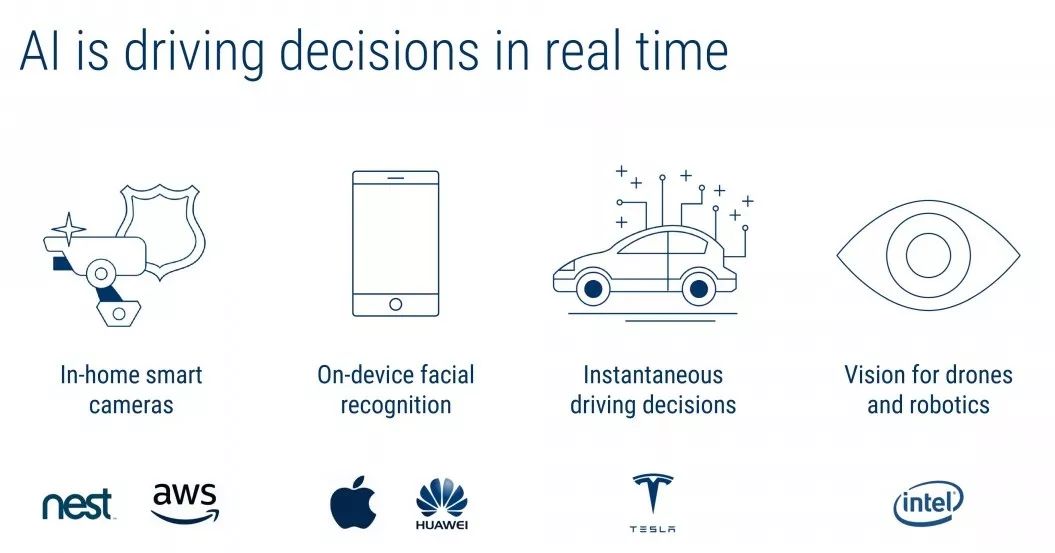
4. Generative adversarial networks
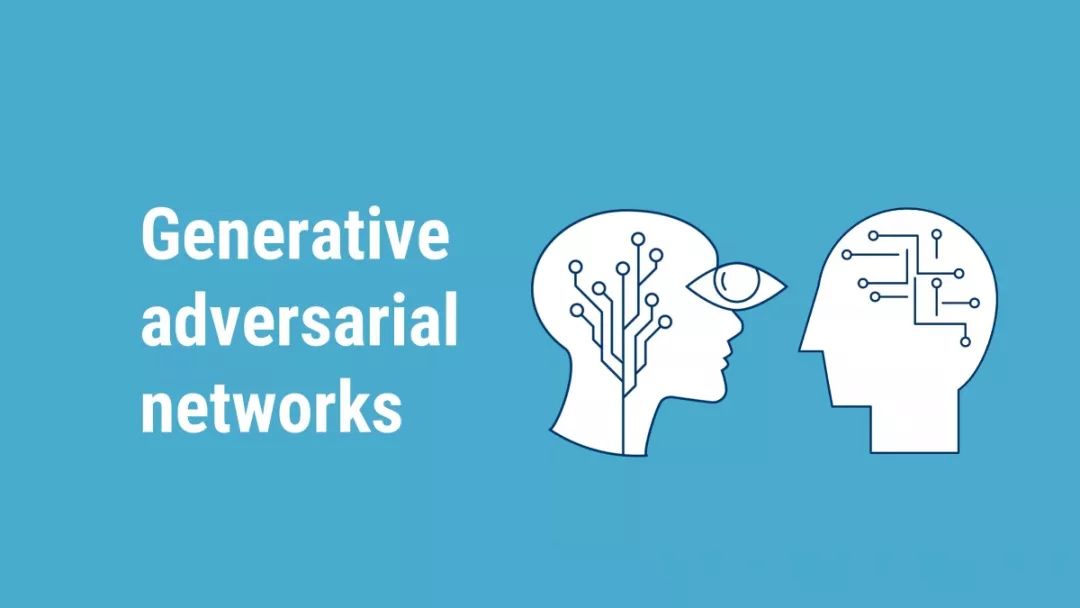
Do you know which of the following pictures are forged?
[the answer is that it's all fake. Each graph is created by the antagonistic generation network Gans. ]
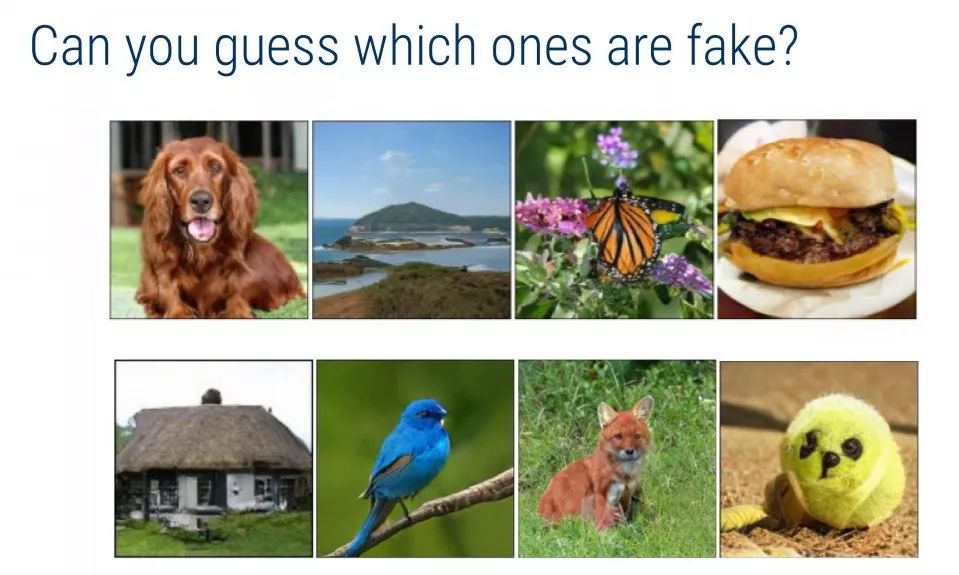
CMU researchers used Gans to turn John Oliver into Stephen Colbert in the "deepfake" video facelift.
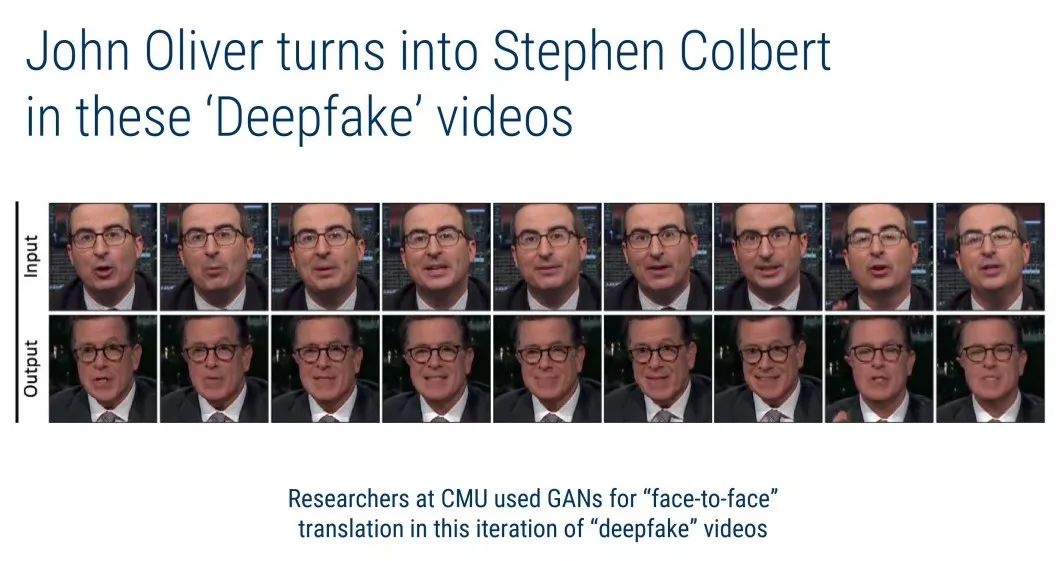
5、防伪

Brand companies are fighting against counterfeits on the Internet and offline.

Colin Huang, CEO of pinduoduo, said that in 2017, we Actively deleted 10.7 million problematic products and blocked 40 million Links
The question of tort was raised We also work with more than 400 cooperative brands to crack down on counterfeit products.
New AI based solutions are emerging. For example, cypheme uses random mode inkjet printing technology,
Each random pattern is unique and can be associated with database items for validation.
Red points looks for counterfeit products for customers through online validation and machine learning. Entrepy developed a portable microscope,
It can be installed on the mobile phone. When the user uploads the product photos, the AI algorithm will compare with the real product data.

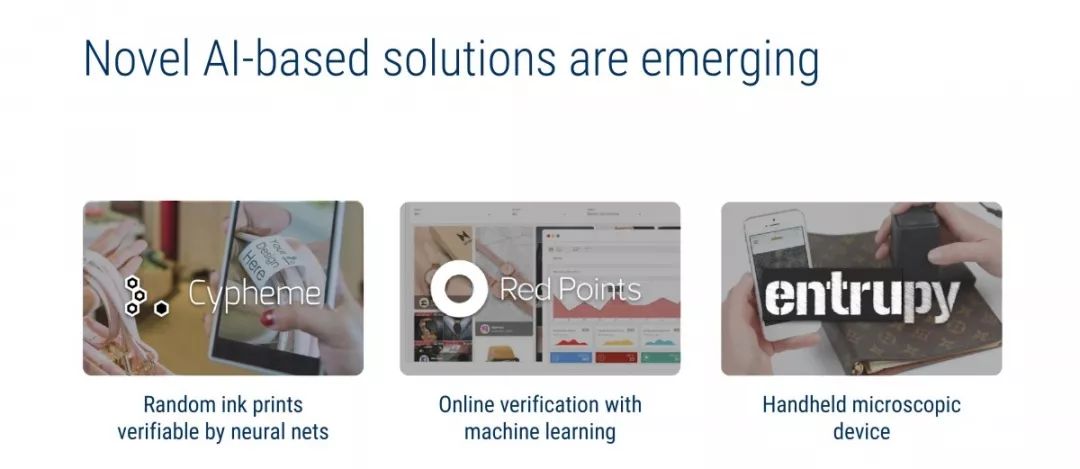
6、Checkout-free retail

China has ushered in a wave of no one retail. China's "unmanned" and "cashless" retail transactions peaked in 2017.
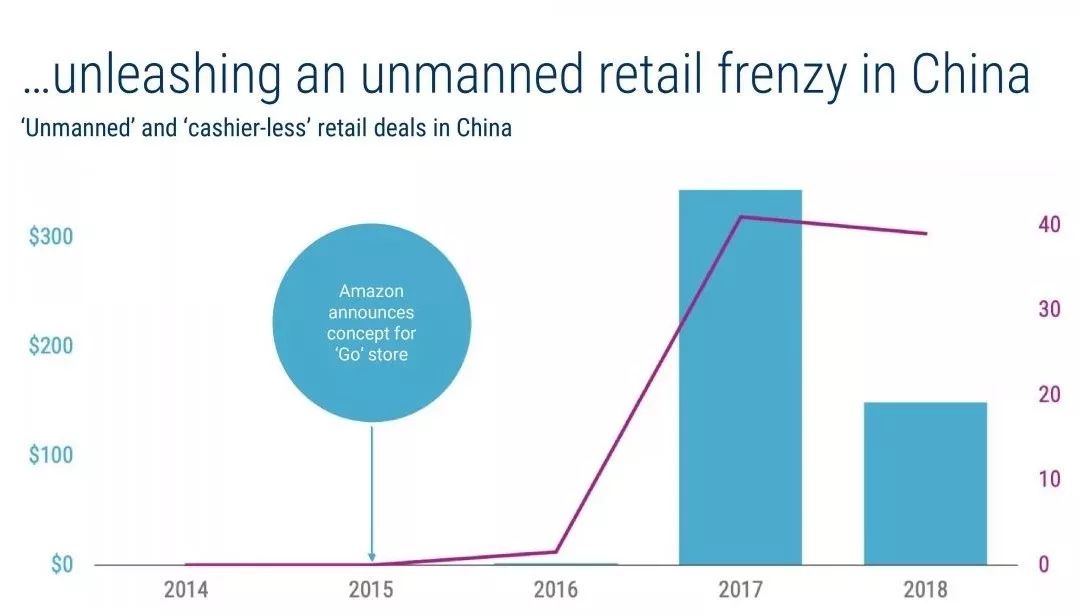
7. Synthesize training data
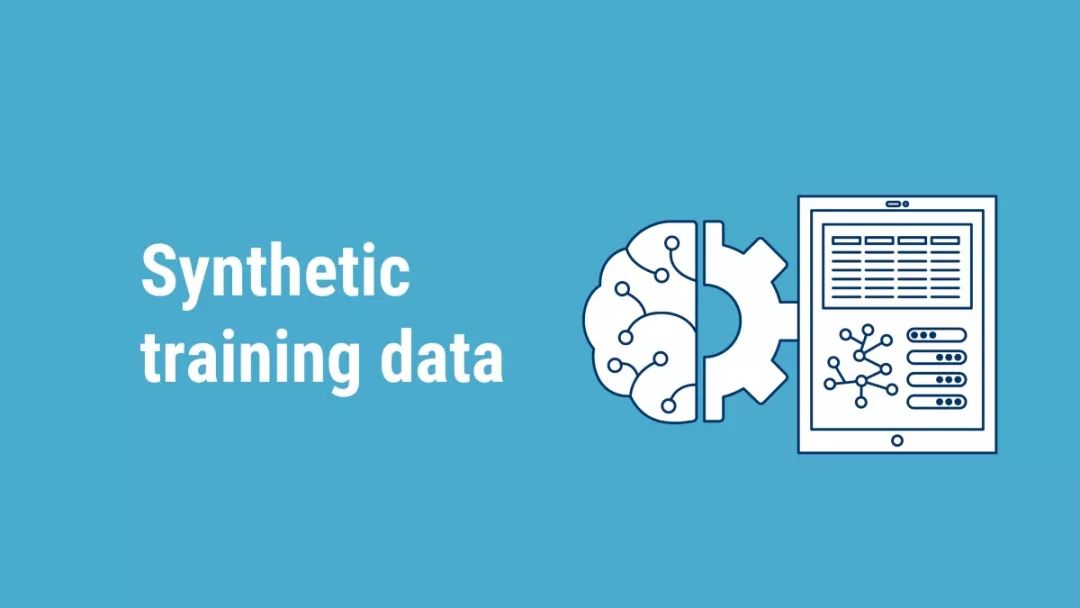
It is very necessary for AI algorithm to obtain large-scale annotated datasets. Realistic falsification of data may solve this bottleneck.
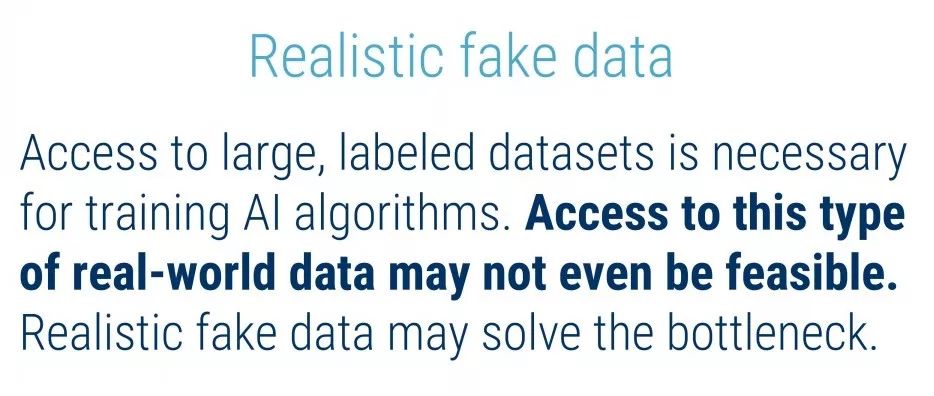
Use AI to help generate more "realistic" synthetic data to train AI.
NVIDIA, for example, uses the generative anti network Gans to create a false MRI image of a circumambulatory brain tumor.
"These results can provide potential solutions to the two most difficult challenges of machine learning in medical imaging,
That is to say, the probability of case discovery is small, and patient data sharing is also important. "
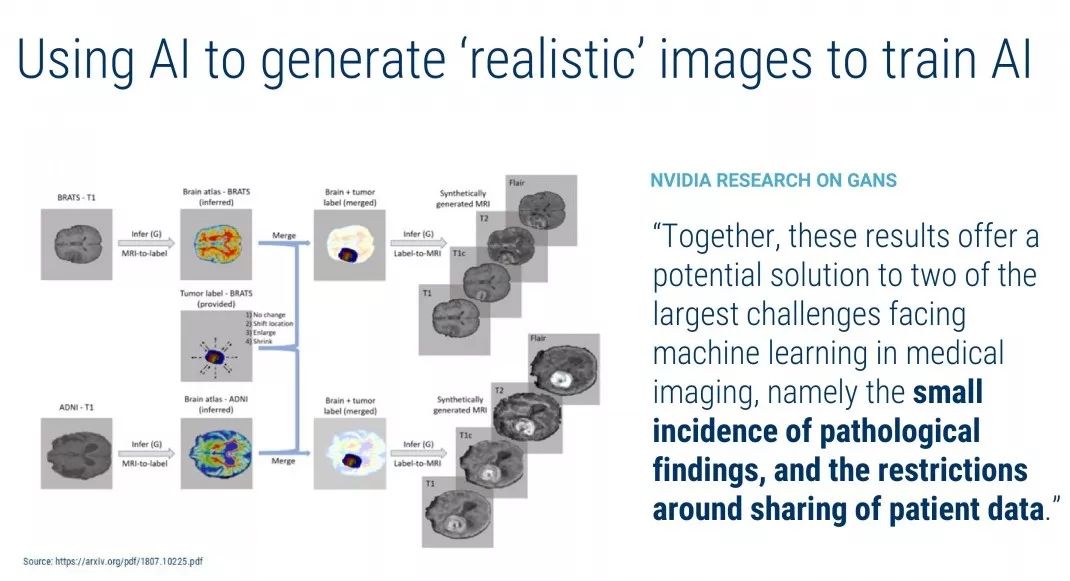
8、Other trends on the horizon
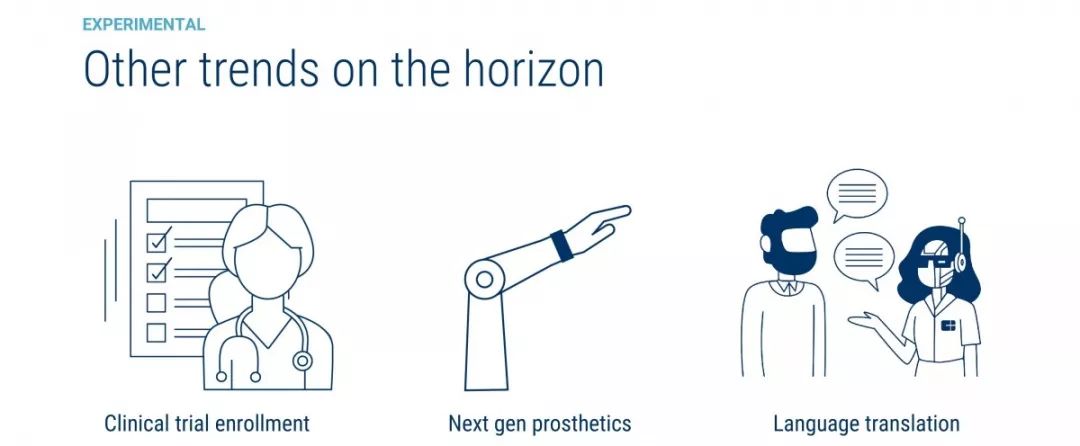
Other parallel trends include clinical trial registration, next-generation prosthetics, and language translation.
 中文
中文 English
English
